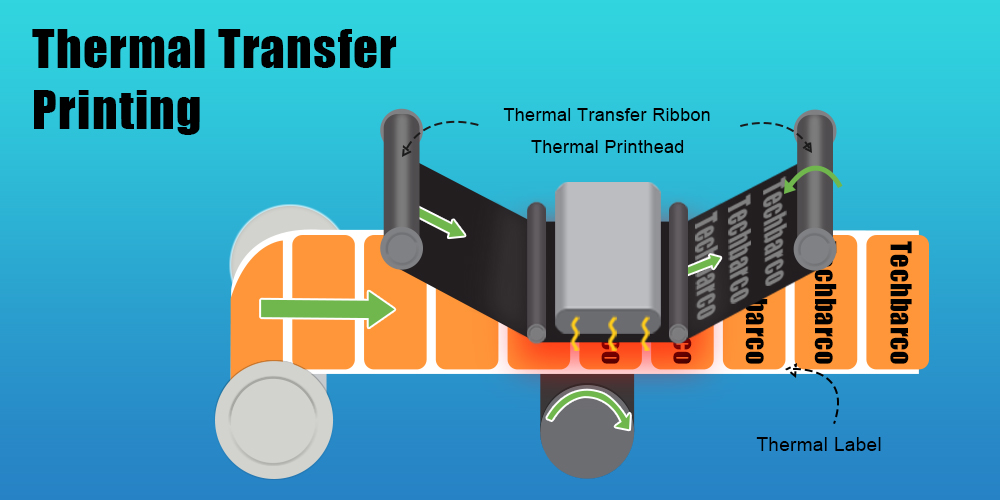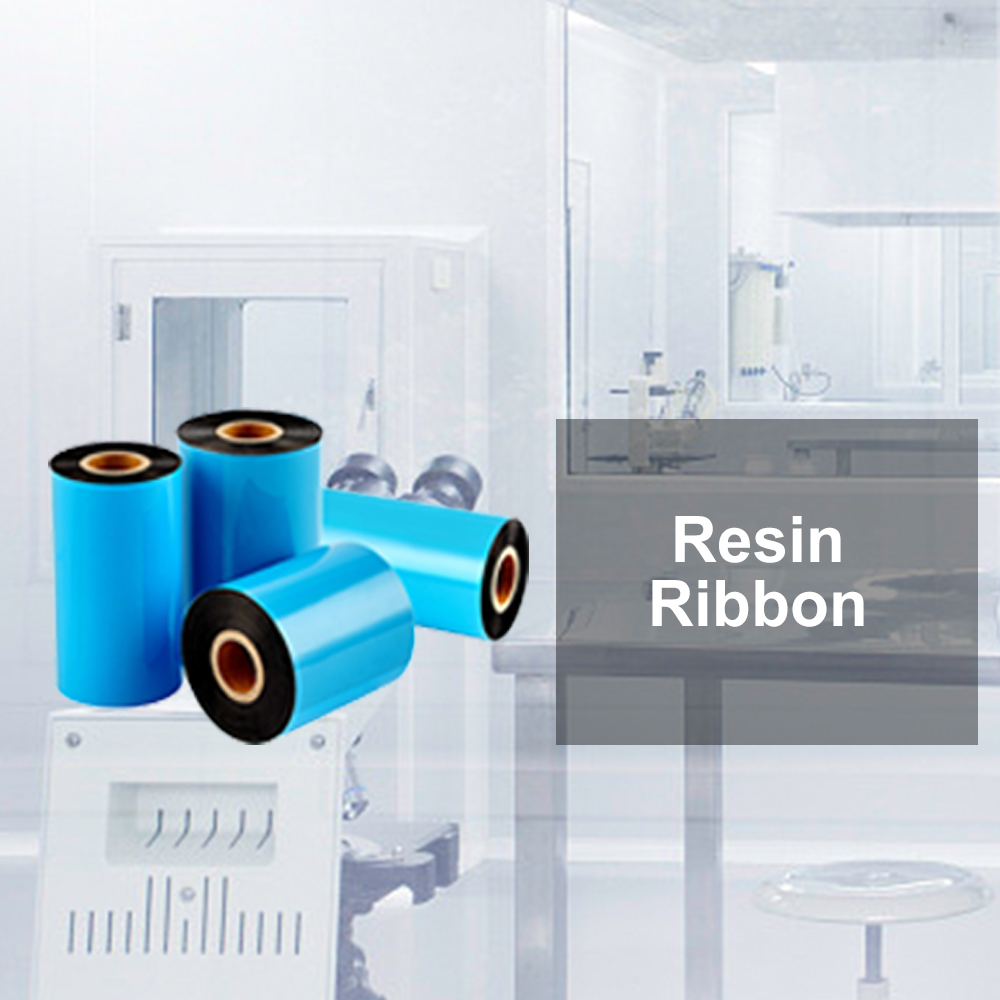Ordinary Printing vs. Thermal Transfer Printing: What Is Different?
Whether it's business documents, product labels, or striking posters, printing is a basic need in everyday life. Not all printing methods, meanwhile, are made equal. The main variations between two main printing techniques—ordinary printing and thermal transfer printing—will be discussed in this paper. Whether your particular needs call for high-quality visuals, durable outputs, or flexible substrate alternatives, knowing these differences will enable you to decide which printing method is best for them. You will at last have a clear awareness of the special advantages and uses of every printing technology.
Ordinary vs. Thermal Transfer: How Does the Printing Process Vary?
At the core, ordinary printing and thermal transfer printing utilize vastly different mechanisms to produce printed outputs.
Ordinary Printing
Ordinary printing encompasses a range of technologies, including inkjet and laser printing. These methods rely on applying liquid or solid inks directly onto the printing surface. Inkjet printers, for example, use tiny nozzles to spray microscopic ink droplets onto the paper, while laser printers use a heated drum to fuse dry toner particles onto the substrate.
Thermal Transfer Printing
In contrast, thermal transfer printing utilizes heat to melt ink or wax from a ribbon and transfer it onto the desired material. A heated print head selectively heats specific areas of the ribbon, causing the pigment to be released and adhere to the substrate beneath. This process results in a more durable and integrated print than the "painted-on" effect of ordinary printing. While thermal transfer printing requires a ribbon to produce images, a related technique known as direct thermal printing works without a ribbon, using heat-sensitive paper that blackens when exposed to a thermal printhead.
Key Differences
The two printing techniques differ fundamentally in their application of ink or pigment. Thermal transfer printing "melts" the design onto the material; ordinary printing just "paints" the image onto the surface. This variation in the printing technique results in a spectrum of variations in the overall capabilities of every technology as well as in the final printed product.
Ordinary vs. Thermal Transfer: What Are Their Effects and Capabilities?
The differences in the underlying printing processes between ordinary printing and thermal transfer printing result in distinct visual characteristics and capabilities of the final printed output.
Print Quality and Resolution
Ordinary printing, with its direct ink application, often produces crisp, high-resolution images and text. The precise control of ink placement allows for exceptionally detailed and sharp printed materials, making it a suitable choice for high-quality photo printing and accurate document reproduction.
In contrast, thermal transfer printing may not match the raw resolution of ordinary printing, but it excels in producing durable, long-lasting prints. The melted ink or wax becomes an integral part of the substrate, resulting in an output that is less susceptible to fading, smudging, or water damage over time.
Durability and Longevity
One of the key advantages of thermal transfer printing is the exceptional durability and longevity of the printed materials. The melted ink or wax creates a strong bond with the substrate, making the prints resistant to weathering, chemicals, and physical abrasion. This makes thermal transfer printing a popular choice for industrial applications, where the printed outputs need to withstand harsh environments and extensive handling.
Substrate Versatility
The spectrum of materials each printing technique can effectively handle also differs significantly. Mostly suited for paper, ordinary printing has some capacity for printing on specialist media such as polymers or textiles.
By comparison, thermal transfer printing shines in handling a far greater range of surfaces, including plastic, metal, vinyl, and even fabrics. For uses including product labels, industrial marks, and textile decorations—where the printing surface may not be limited to ordinary paper—this adaptability makes thermal transfer printing a popular choice.
Ordinary Vs. Thermal Transfer: In What Applications Do Them Printing Excel?
The distinct capabilities of ordinary printing and thermal transfer printing lead to their predominance in different application areas.
Ordinary Printing Applications
Ordinary printing, with its versatility and cost-effectiveness, is the workhorse for everyday office documents, high-quality photo printing, and general-purpose signage or artwork. Its ability to produce crisp, visually appealing outputs makes it a ubiquitous choice for personal and small-scale commercial use.
Thermal Transfer Printing Applications
Conversely, thermal transfer printing excels in specialist and industrial uses. Durable, long-lasting labels, tags, and identifications for goods, equipment, and packaging are just a few of the uses it finds. Because of its remarkable print quality and lifetime, thermal transfer printing is also usually the recommended method for printing barcodes, QR codes, and other machine-readable marks.
Factors Influencing the Choice
Choosing a printing technique requires careful thought on the particular needs of your project. When general-purpose, high-quality printing projects where the printed materials do not require to endure extreme circumstances or heavy handling, ordinary printing could be the preferable option.
Thermal transfer printing, however, excels in applications that demand exceptional durability, substrate versatility, and specialized markings. The ability to print on a wide range of materials, combined with the long-lasting nature of the prints, makes thermal transfer printing a go-to solution for industrial, logistics, and specialized labeling needs.



